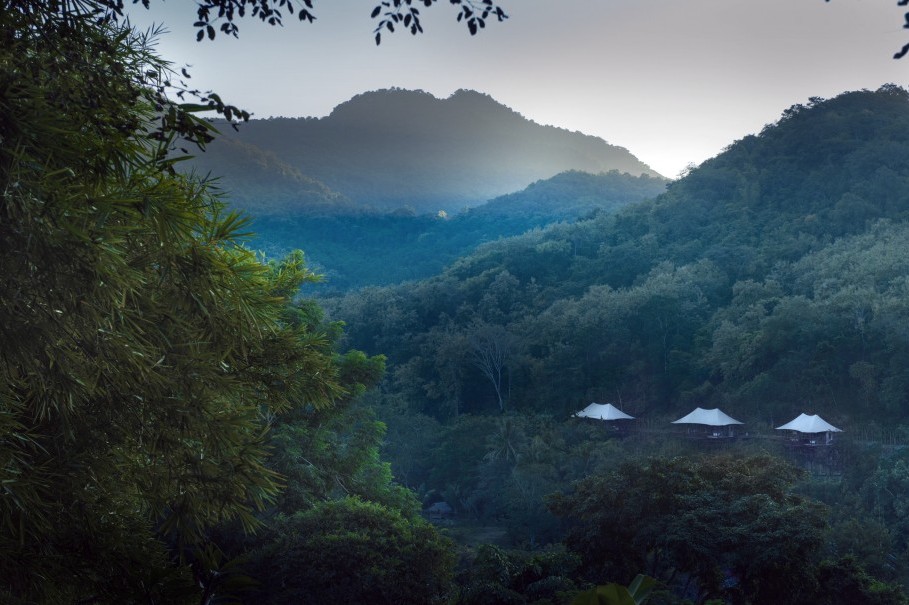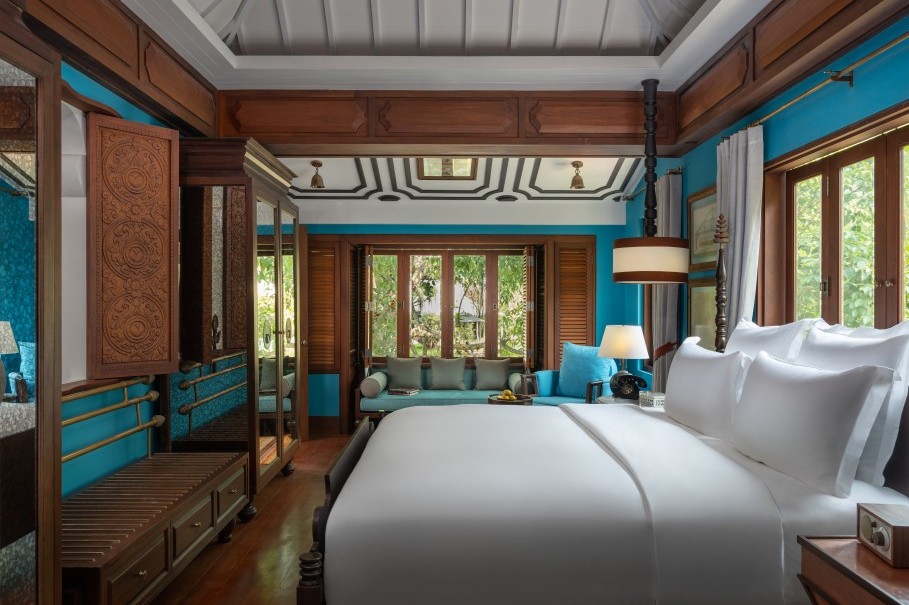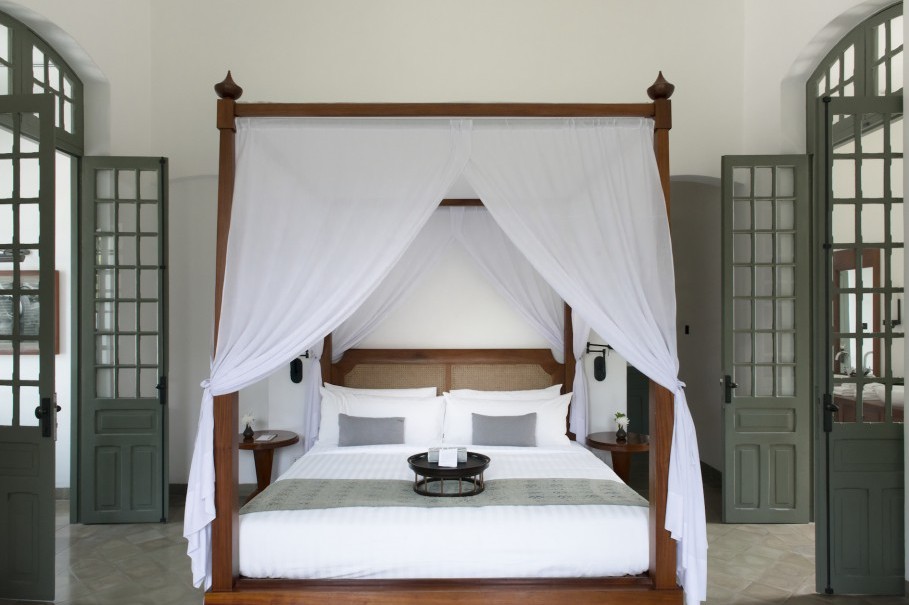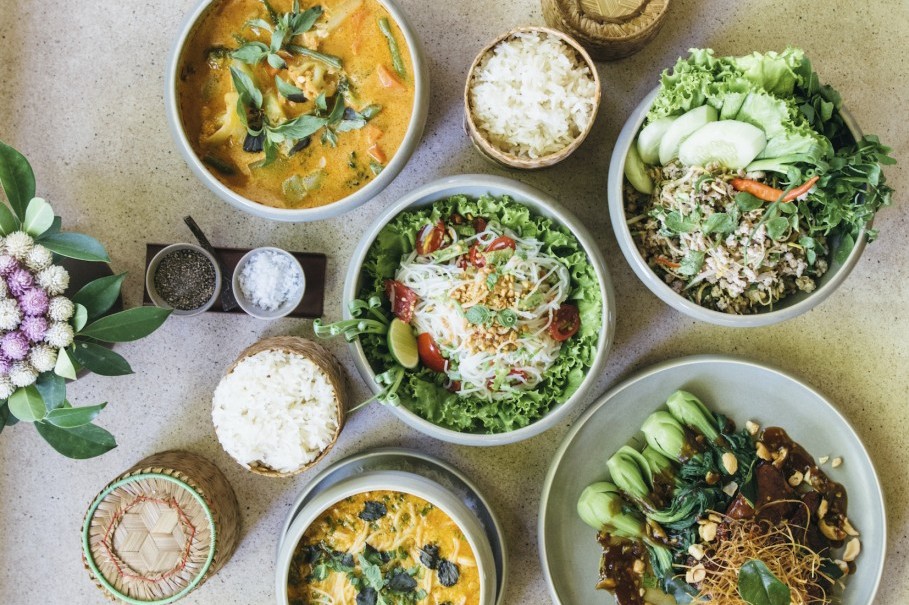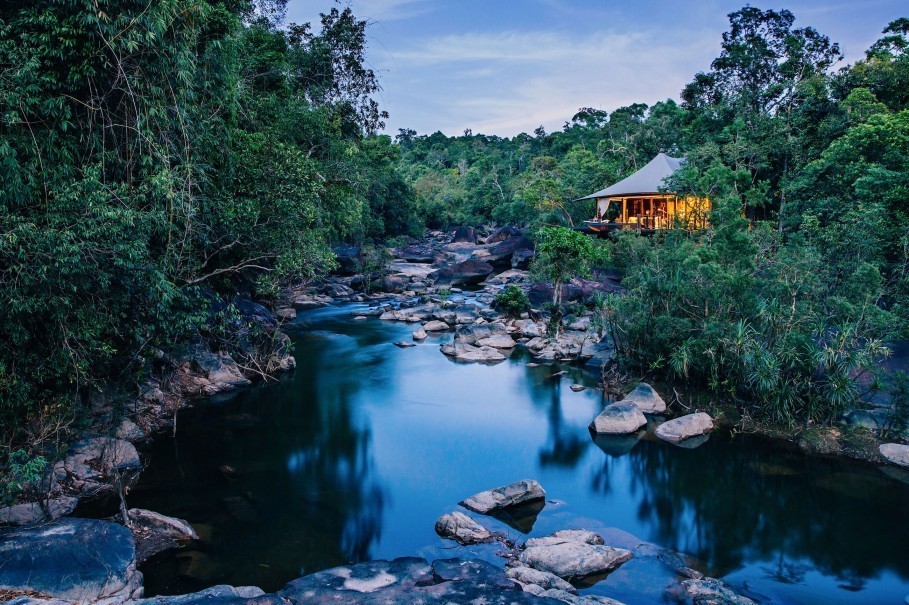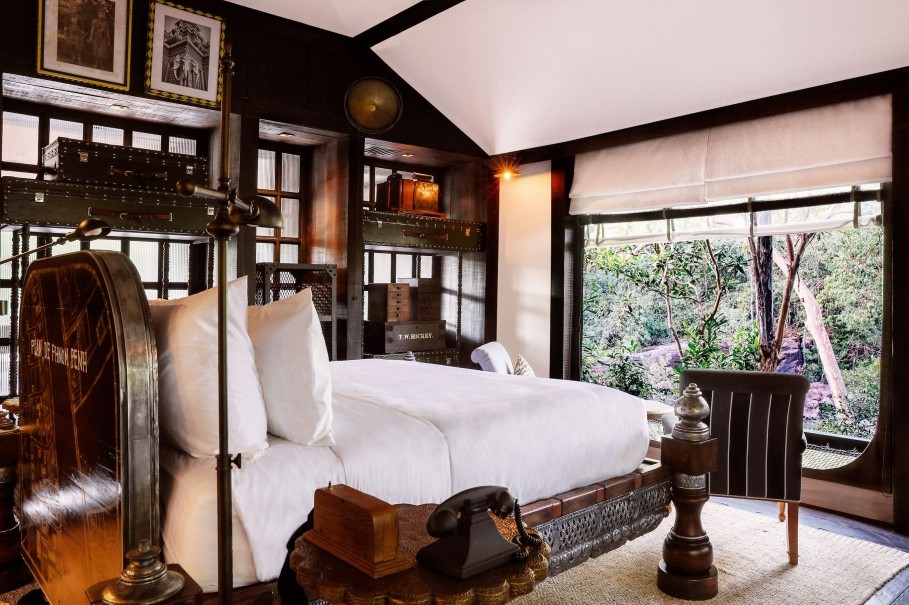Anticipation. Excitement. Curiosity. The jumbled up feelings in my dreamy mind. If only I could have told a 15-year-old self how incredible a journey awaited me. Laos. A small but, to me, totally beguiling slither nestled in between its neighbours: Myanmar, China, Vietnam, Thailand and Cambodia. I had longed to visit for years. In fact, when many head to the white-sand beaches of Phuket and Samui, and the elephant sanctuaries of Chiang Rai, I seek peace and authenticity in the remote mountains of Peru, the wondrous Omani desert and Tanzania’s Indian Ocean archipelago. Where there are many people I am not. Laos is proper, unadulterated escapism. A country that overthrew its monarchy to become a communist state. And that for many years was a French protectorate. It has experienced decades of unrest, a civil war, and was caught up in neighbouring Vietnam’s conflict, too, but remarkably retains its glow, a smiley outlook on a shattered past. A country that only began welcoming tourists in 1985. 1985! Bliss. But, oh my, how it shines. A land of soaring mountains, lush jungles and the mighty River Mekong, which slices through it, providing the principal trade route for centuries. Indeed much of the country has relied on farming, rice in particular, but as curiosity grows, so do the number of seriously super places in which to hunker down. Step forward Rosewood Luang Prabang, a new jungle retreat, an eight-minute tuk-tuk journey from the buzzy city centre, a whimsical fusion of Lao-European architecture and culture, so marvellous it was awarded UNESCO status in 1995. Architect-designer, eco-warrior and general demi-god, Bill Bensley, who has form transforming dull, soulless hotels and private residences in the region into mind-blowingly awesome, award-winning gems, has created something truly spectacular. This place is Alice in Wonderland on acid. Set on a gnarly mountain ravine centred around a gushing waterfall and river, Bensley and his team of magicians have ingeniously designed a scattering of beautiful suites, villas and canvas tents whilst managing to gently convey the vivid history of Laos through its royal influences and colonial French exploration, to adventure traders and modern day tribes. After a fairly rigorous site inspection with director Guillermo, we tuck in to a scrumptious late lunch of minced water-buffalo meat and grilled eggplants, and sour tamarind chicken broth at The Great House, the hotel’s principal dining room, housed in a traditional French–era colonial mansion. The mustard-yellow colour pallet is splashed across a bright internal lounge. The wooden doors and ceiling intricately decorated in local, hand-drawn designs.
For our second night we head a little closer to town, right in the centre in fact, to Amantaka, a former hospital. A stately, low-rise estate surrounded by acres of lush gardens, scattered with standalone suites and villas, each elegantly decorated in Aman’s signature pared-back aesthetic. Elegant palm trees nod in the gentle November breeze as we wonder through the grounds. Inside our suite, the main space houses an immaculately-made freestanding king-size bed, an airy lounge with double sofa and gnarly wooden writing desk. This leads to a cavernous bathroom and private courtyard with plunge pool, a little haven to enjoy some quiet time. During our stay, a Tibetan monk had been drafted in and was hosting a breath-work and meditation retreat, which had drawn an eclectic bunch of global nomads, seeking to bolster depleted energy levels. As dusk falls we make our way to the pool terrace and tuck into a fiery fish curry with sticky rice, washed down with inventive juice-based cocktails infused with local herbs. Everything here feels effortless and just right. Somehow Aman always seems to hit the spot. Fast forward a few hours and our 5am wake up call seemed fairly obtrusive, but soon we were to experience something so extraordinary, so touching, we would fully appreciate the necessity. As we arrive at the property boundary, we are invited to kneel on the edge of the dusty pavement. In the distance, we observe a gathering of Laotian monks, huddled closely, head to toe in vivid saffron robes, preparing for their daily almsgiving ritual. About eight of us, mainly Westerners, are each handed a beautifully woven Lao basket containing sticky rice, ‘khao neow’, which we offer to the monks as they stroll gracefully past. And just like that we were transported into another life.
The area in the south of the country, for me, is proper Cambodia. Pleasantly distant from any tourists and high-rise development, it is a place of intense beauty. Upon arrival, we’re greeted by a couple of the team who help us clamber into an open-roof jeep, which gently pootles higher into the wilderness, meandering through the evergreen forest. Suddenly an elegant pheasant darts across the un-made track, trampling over kaffir lime leaves, releasing a rich zesty scent. A few moments later, ninety-eight steps stand proudly in front of us. This is it. The moment we’ve been anticipating. We harness up and, individually, clip in to the zip-wire. Whooooosh. Seconds later and I’m zooming over the jungle, soaring high above the waterfalls which surround our new home for the next few days, Shinta Mani Wild, a sort of super-luxe adventure camp, dreamt up by Bill Bensley and launched in 2018 with an initiative to protect the fast-vanishing flora and fauna of the surrounding jungle and rainforest, which straddles three national parks. A land of inexplicable beauty, where elephants and tigers roam freely. Fifteen fixed-structure canvas tents have been constructed using local materials without jeopardising the rural landscape. No mean feat. Each one carefully decorated with trinkets and paintings depicting iconic periods from Cambodia’s fascinating past. Exposed brass pipes, bamboo handcrafted furniture, beaten up wooden trunks. Every item has a story and almost everything is re-used or recycled. A butler-guide is assigned to each guest who will run you through the camp’s concept: ostensibly an activity base to learn about the admirable anti-poaching efforts, but also to enjoy adventure: kayaking, forest mountain biking, swimming. It would be foolish of me not to mention the spa, Khmer Tonics, a calm oasis at the pounding heart of the jungle. The dedicated team of therapists have been drafted in from Siem Reap and Phnom Penh, and have curated a top-notch menu of treatments and rituals, administering chemical-free, homemade potions in a truly special – and utterly zen - sanctuary.
Eco-pioneer outfit, Six Senses, which has form setting up high-design, health-focused resorts in off-grid locations, unveiled a new property just off the south coast of Cambodia recently. Krabey Island, pronounced “Crab-eye”, is a rugged outcrop just a fifteen-minute speedboat journey from the mainland. As we approach the island, we catch a glimpse of the lush jungle and swaying palm trees that awaits us. Ateeb, the vivacious general manager, drafted in from Vietnam, bundles us in to a glossy, banana-leaf-green electric buggy, and we whiz across the hilly island to inspect a few of the forty beautifully designed villas, lost in amongst the dense vegetation. Plump bullfrogs dart out playfully in front of us, a grinning chef strolls happily past, clutching large bunches of lemongrass. If there ever was a time to consider a new adventure in South East Asia, I really think it might be now – after all, the balmy November sun is calling.
NINE is a private club crafting tailored travel and lifestyle experiences to members globally
